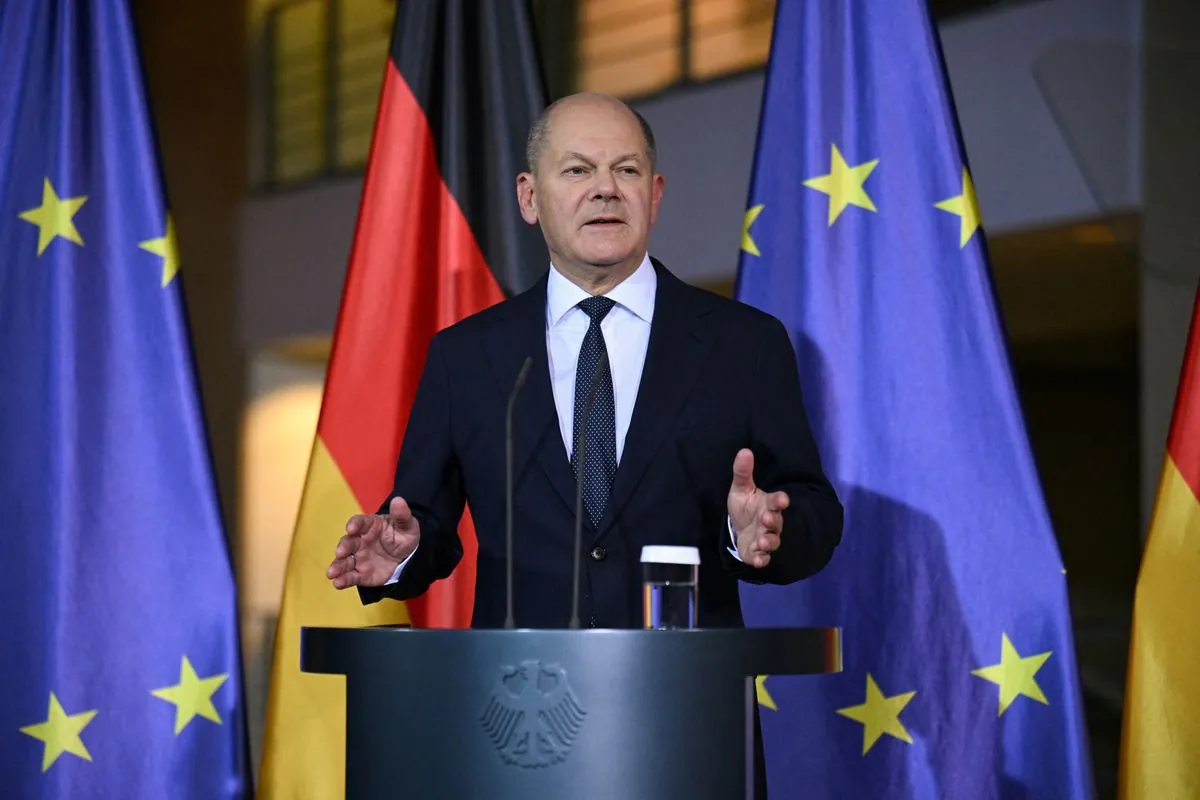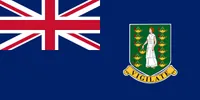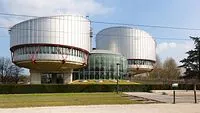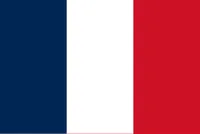Bank of Japan
The Bank of Japan is the central bank of Japan. The bank is often called Nichigin (日銀) for short. It is headquartered in Nihonbashi, Chūō, Tokyo.
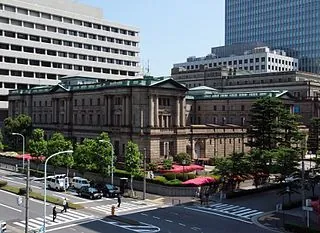
Some of the key events about Bank of Japan
- 1882Established as Japan's central bank to stabilize the financial system and currency
- 1927Failed to prevent bank runs and financial panic during the Showa Financial Crisis
- 1931Abandoned the gold standard, leading to rapid currency depreciation
- 1937Financed Japan's wartime economy through excessive money printing
- 1942Gained independence from the government through the Bank of Japan Act
- 1945Lost control of monetary policy to Allied occupation forces after World War II
- 1949Implemented policies to support post-war economic recovery and stabilize inflation
- 1973Successfully managed the economic impact of the first oil shock
- 1985Played a key role in negotiating the Plaza Accord to address global currency imbalances
- 1990Failed to prevent the collapse of Japan's asset price bubble
- 1991Delayed implementing monetary easing policies as Japan entered a prolonged recession
- 1997Raised interest rates prematurely, contributing to the Asian financial crisis
- 1999Introduced zero interest rate policy to combat deflation
- 2001Pioneered quantitative easing as a monetary policy tool
- 2001Introduced quantitative easing but failed to achieve inflation targets
- 2010Launched comprehensive monetary easing to stimulate economic growth
- 2011Faced criticism for slow response to deflationary pressures following the Great East Japan Earthquake
- 2013Initiated an unprecedented monetary easing program to combat deflation and boost growth
- 2016Introduced negative interest rates to further stimulate the economy
- 2016Implemented negative interest rates, causing concerns about bank profitability and economic distortions
Disclaimer: This material is written based on information taken from open sources, including Wikipedia, news media, podcasts, and other public sources.


